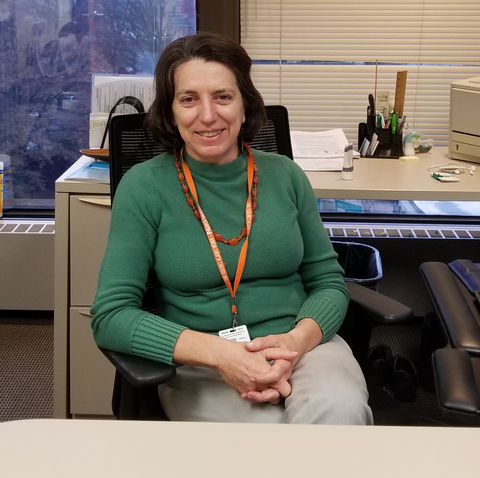PAHO/WHO Collaborating Centre Spotlight Series
Reference Number: BOL-2*
Official Title: PAHO/WHO CC on Ultraviolet Radiation and its Health Effects
Institution: Laboratorio de Física de la Atmosfera (LFA), Universidad Mayor de San Andrés (UMSA)
Category 1 (SP 14-19)
Outcome 18 (SP 20-25)
Dr. Ana Boischio, Advisor, Chemical safety, is the PAHO staff member who acts as the Region’s focal point to coordinate the collaboration between the institution and the Organization.
The activities for this Centre include: (1) monitoring and maintaining a database of Ultraviolet Radiation (UVR) levels; (2) leading an education campaign focused on health and UVR exposures; and (3) bringing awareness to the importance of strengthening regulatory support for protection of UVR related health outcomes.
The Centre at the "Laboratorio de Física de la Atmósfera" monitors UVR exposure levels and maintains a database to track daily changes. A special device for ultraviolet index warning signals has been developed and installed around the city to provide real time indication of the sun’s UV intensity. The staff at the Centre has been proactive in using the scientific data on UV index levels as supporting evidence for a practical educational campaign. Through this campaign, staff from the Centre go into the markets and other public places in the city to disseminate information and educate people about wearing sun protective clothing. This campaign has led to mandatory requirement for public transit workers to wear protective clothing, such as long-sleeved shirts and hats during the workday. In addition, staff at the Centre have collaborated with the National Institute of Opthalmology to perform measurements of sunglasses quality. The purpose of this evaluation is to compare results with European and US regulatory norms in order to adapt them to Bolivia.
In recent months, the Centre has also started to work on research in air quality and climate change and its synergetic health effects.Although outside of the Centre’s workplan, this work has led to an academic course on physical aspects of climate change within the Department of Physics at the Universidad Mayor de San Andres. This course gives students from different backgrounds, including physics, biology, chemistry and engineering, a broad view of climate changes in the last century and recently observed changes at the global scale.
Dr. Boischio notes “This Centre is important as this is among the few Collaborating Centres in the world to focus on UV radiation data and dissemination of its effects on public health.”
Webnotes such as these serve to inform on how CCs are contributing to the Organization’s priorities and mandates.
*CC expired.


